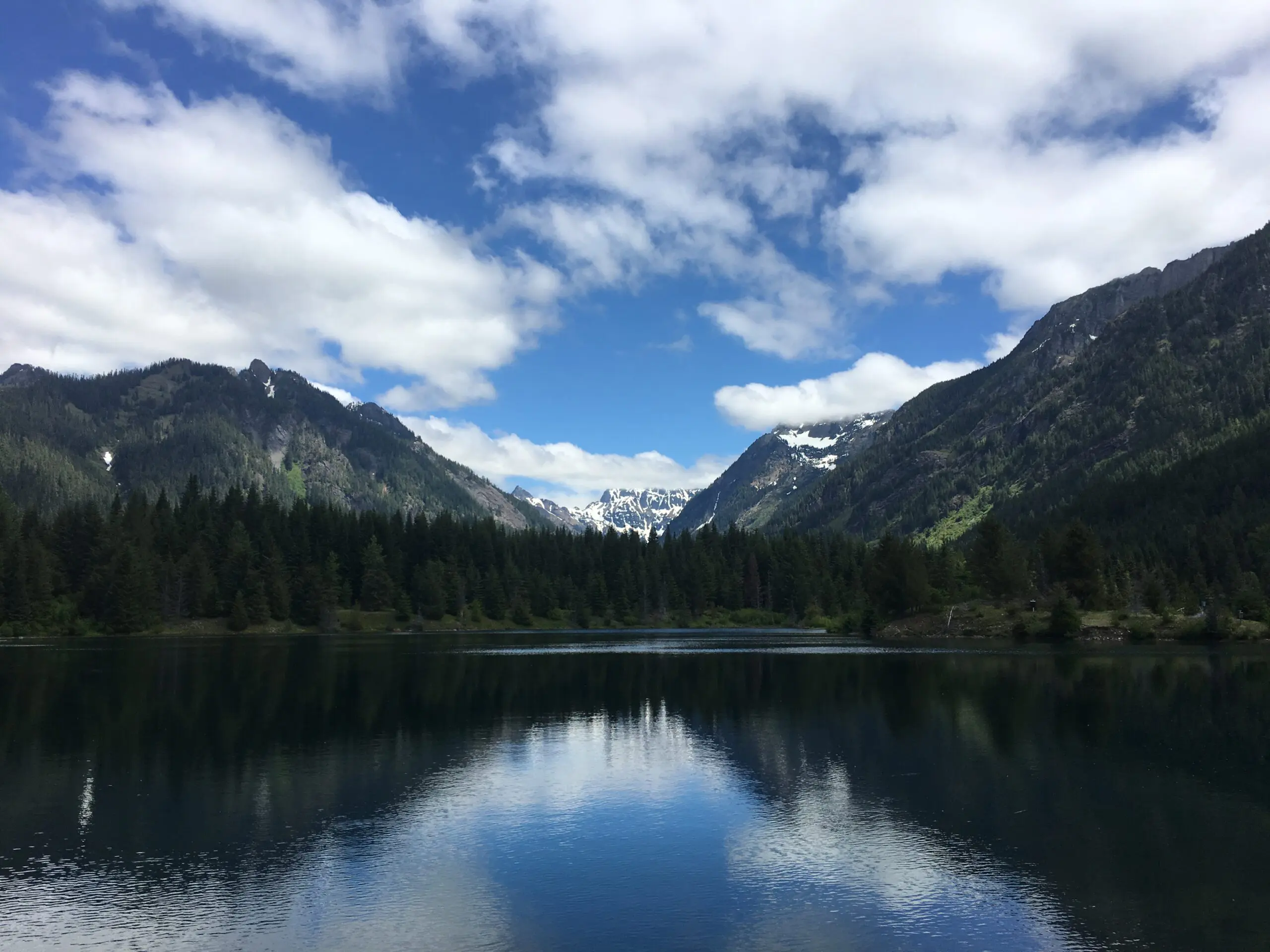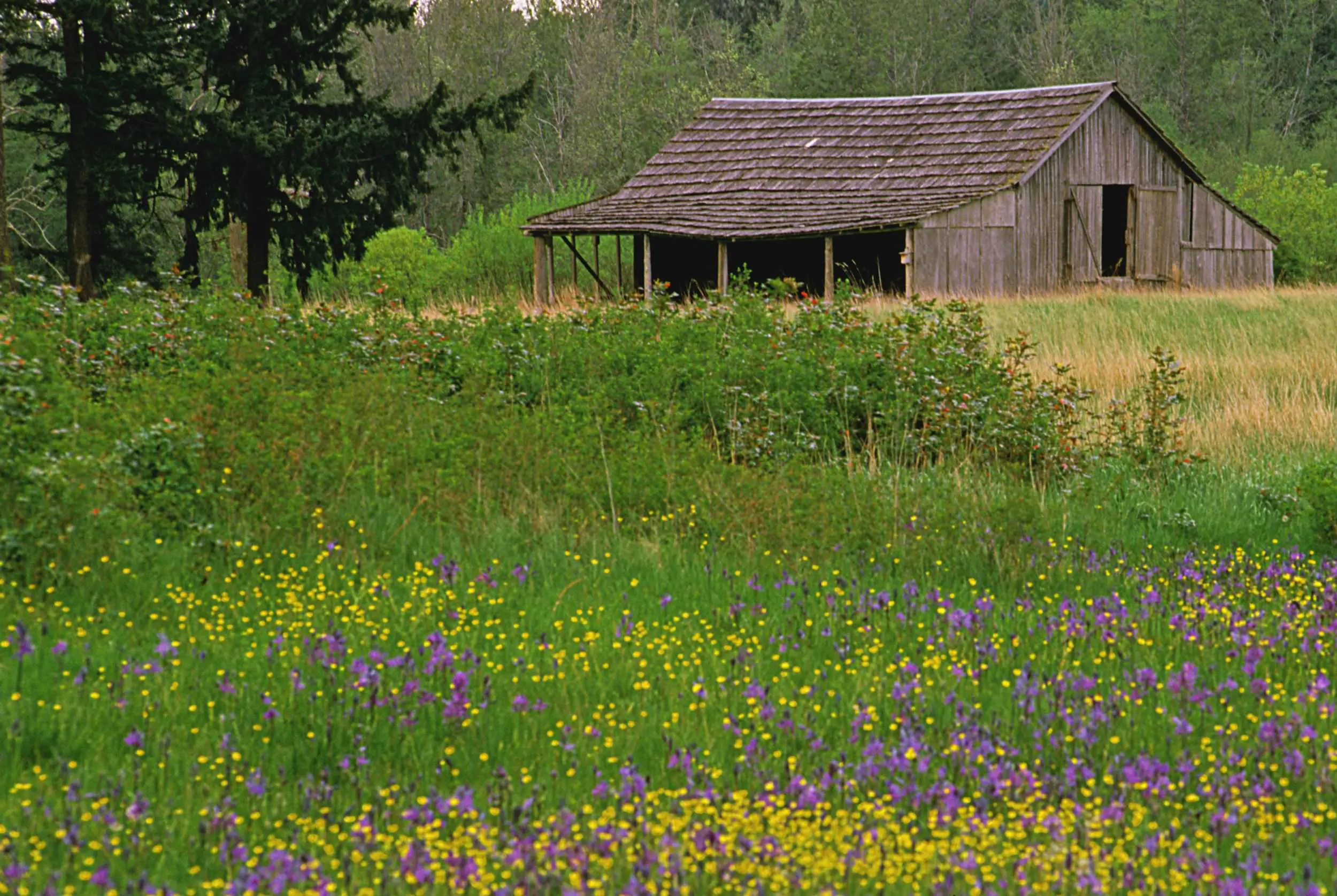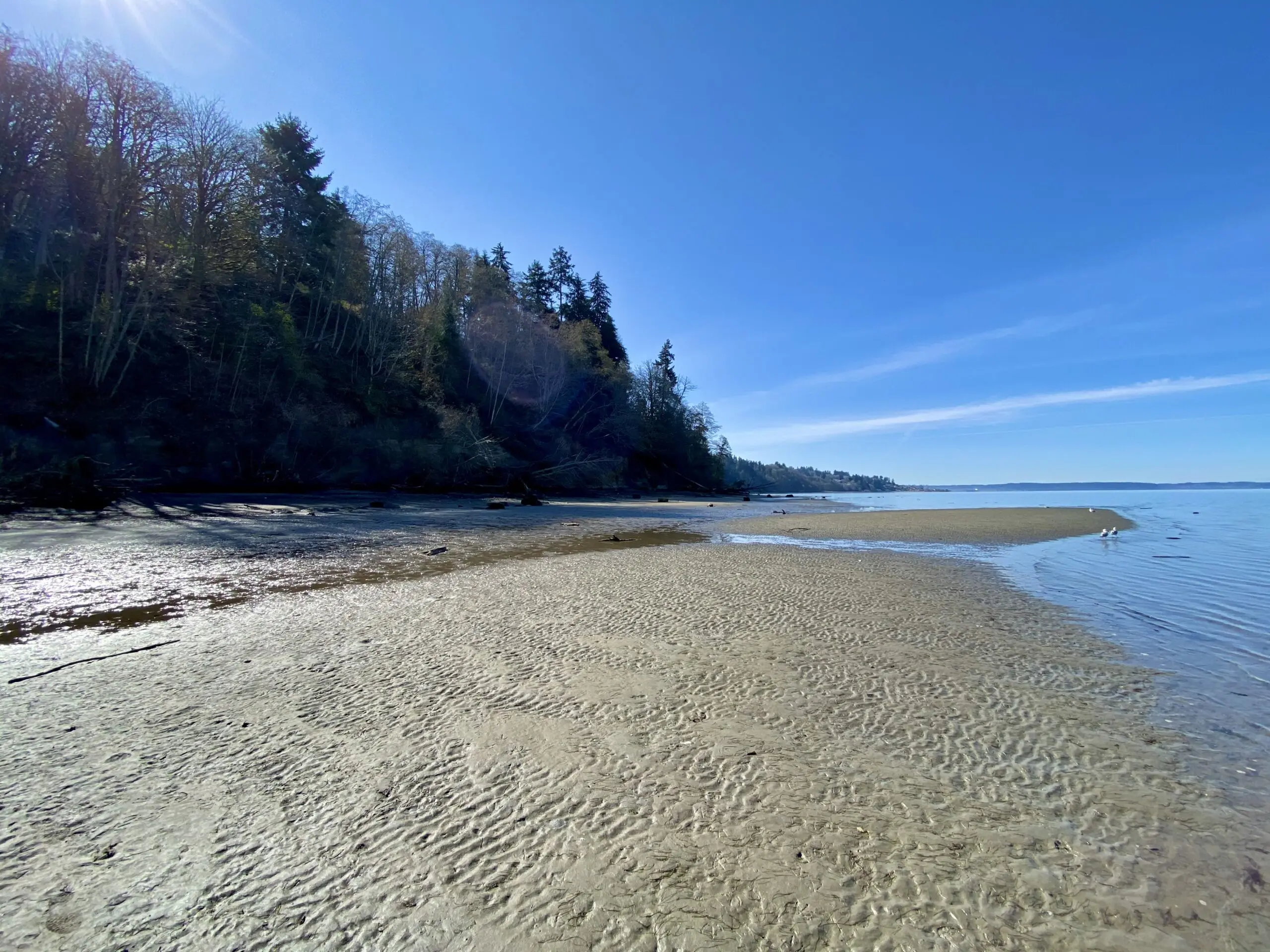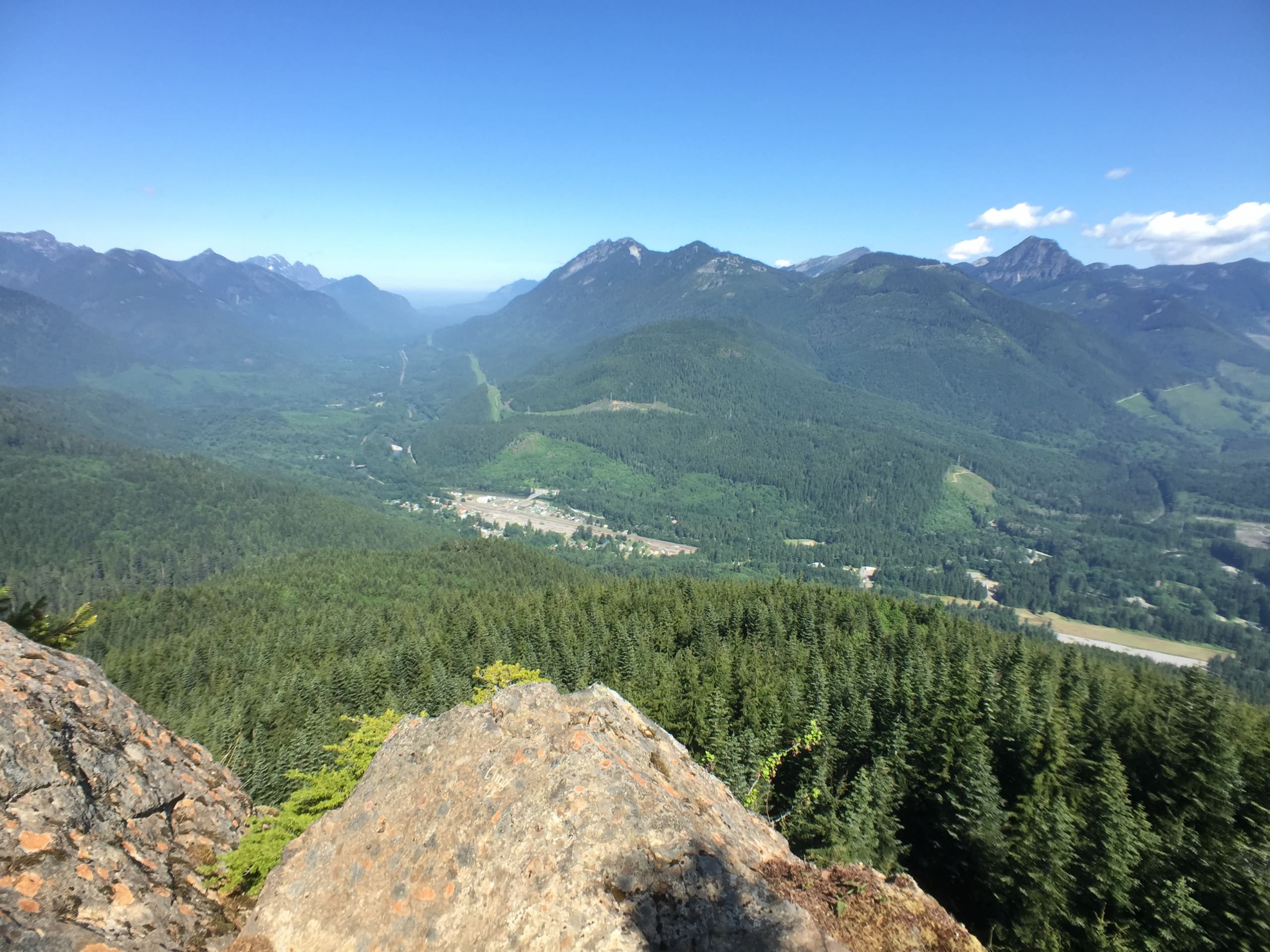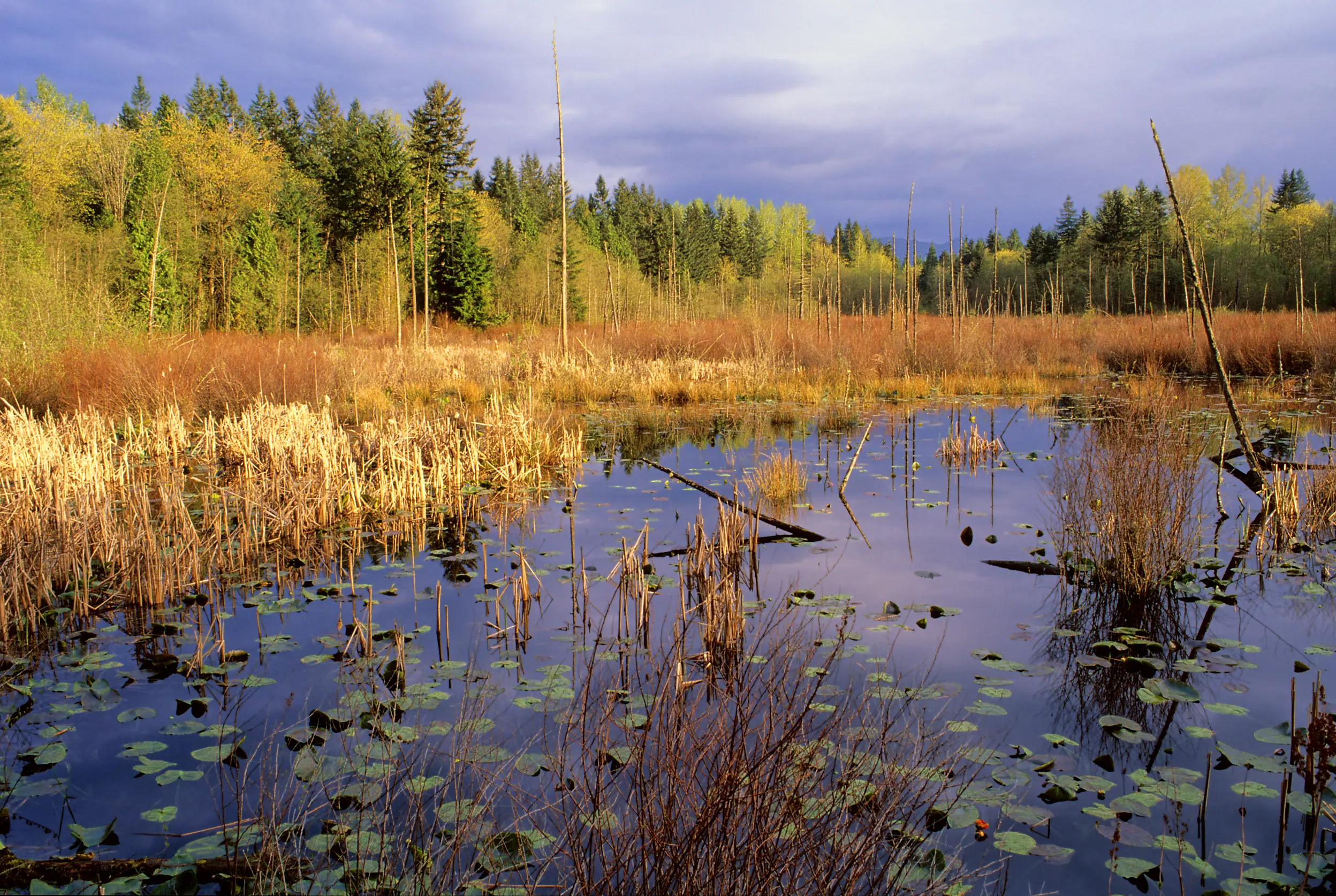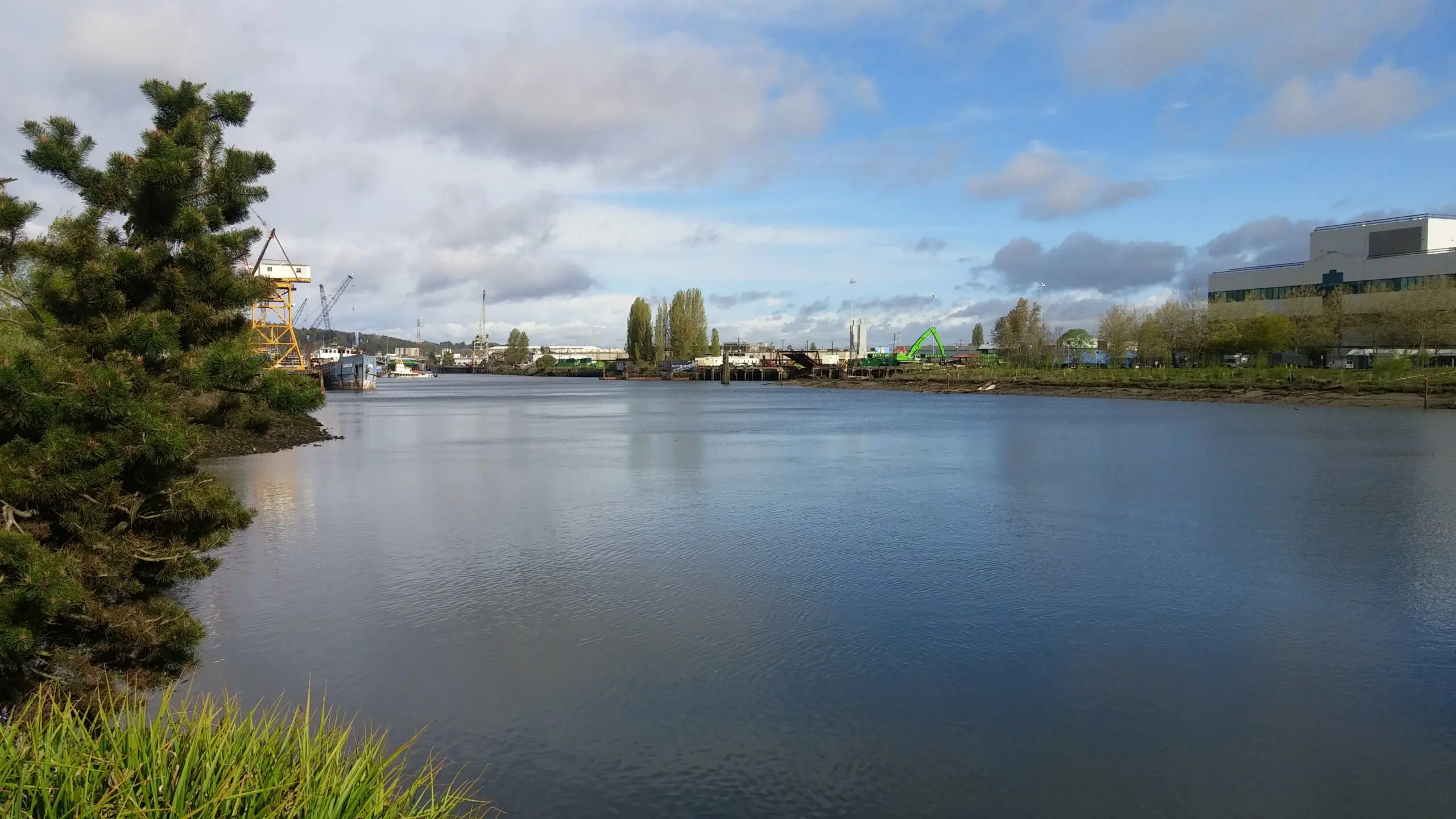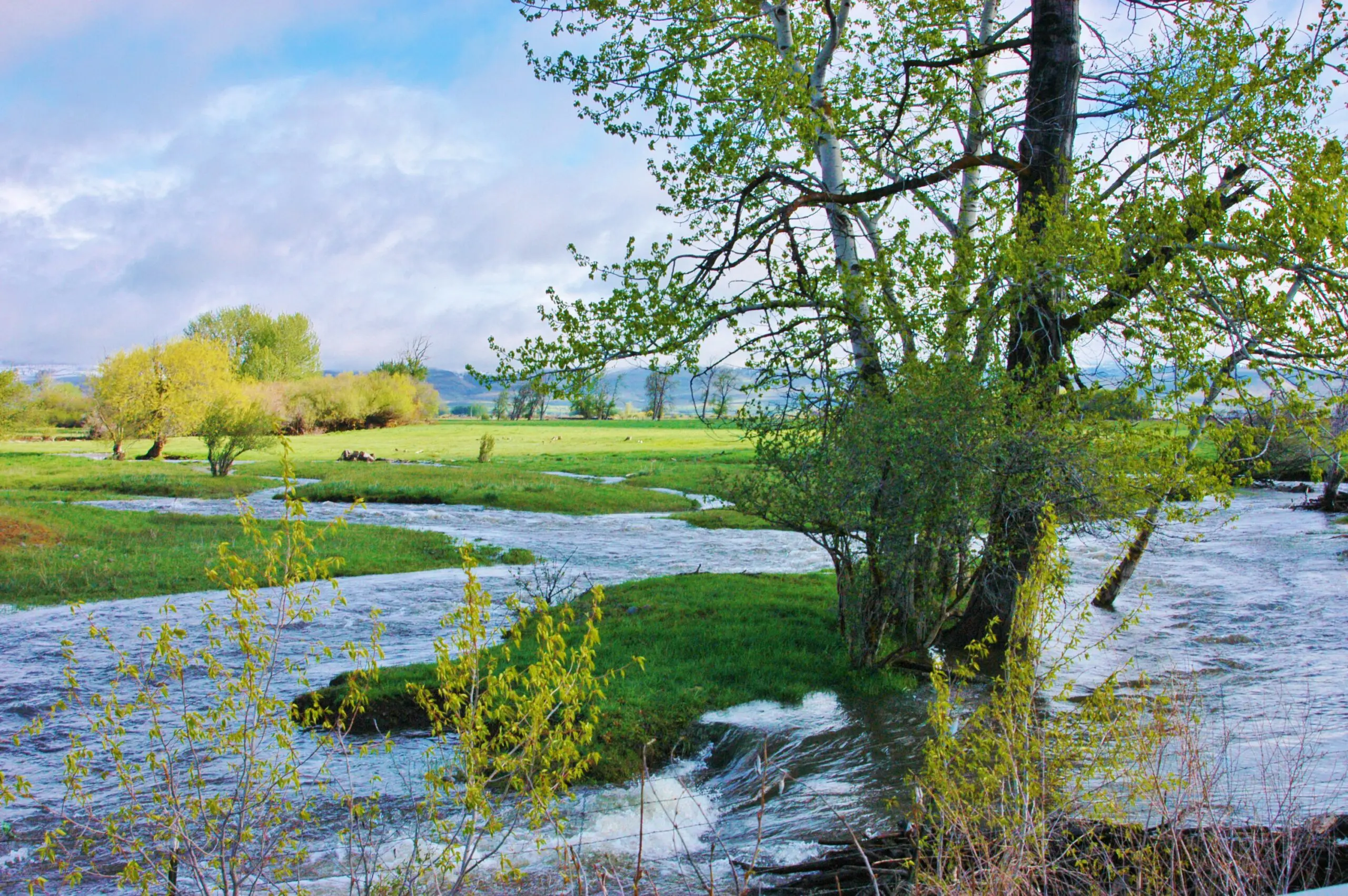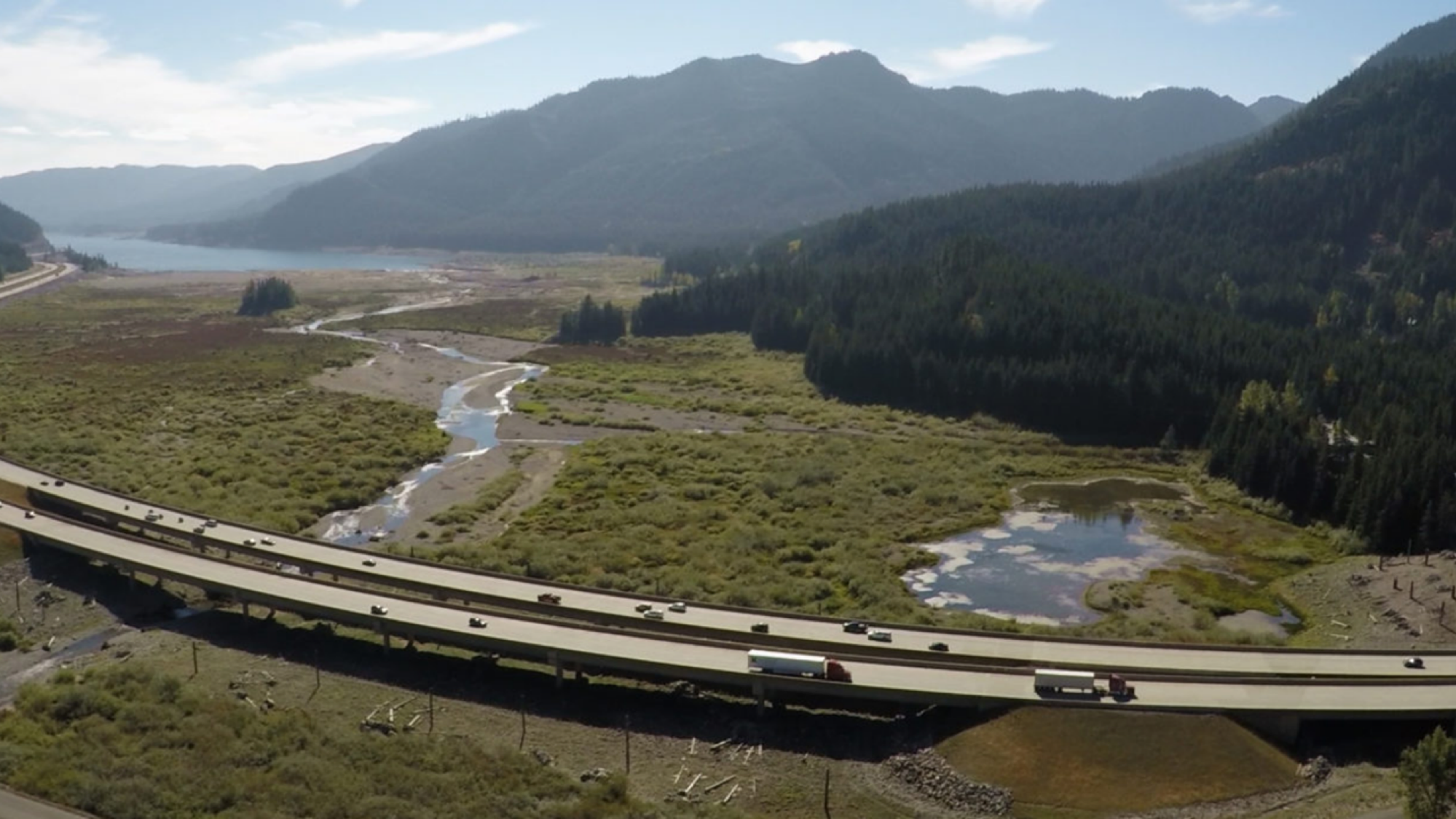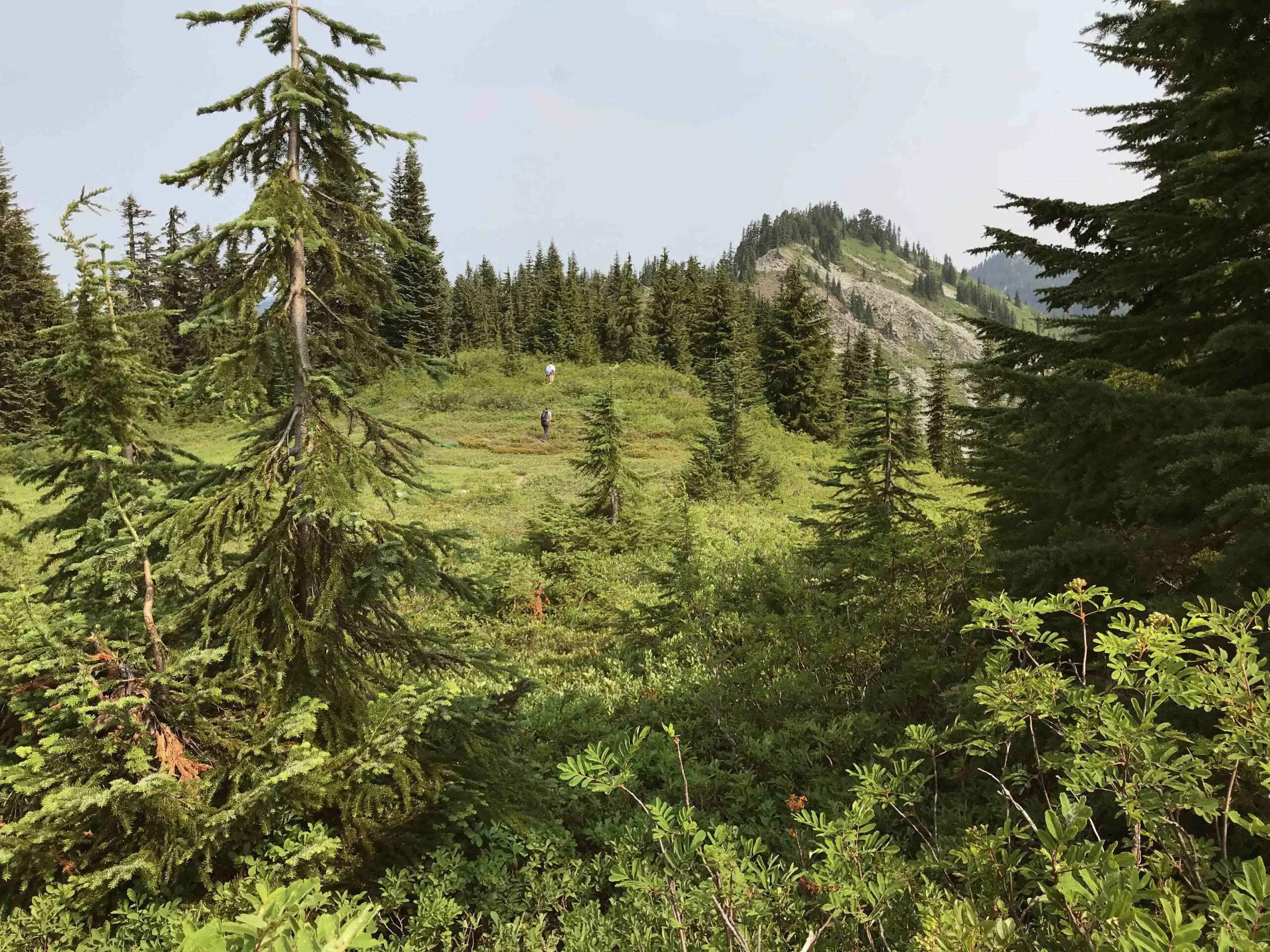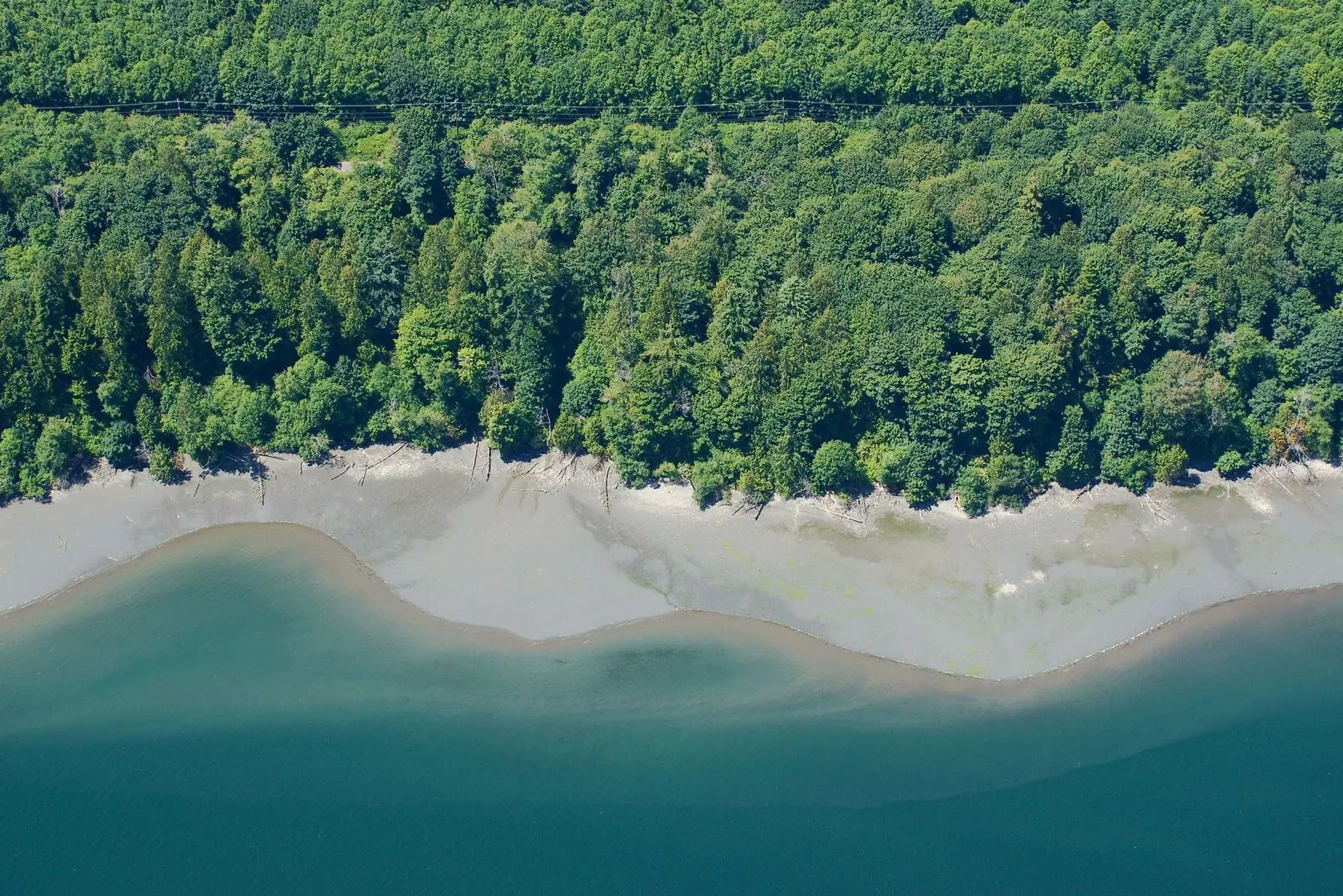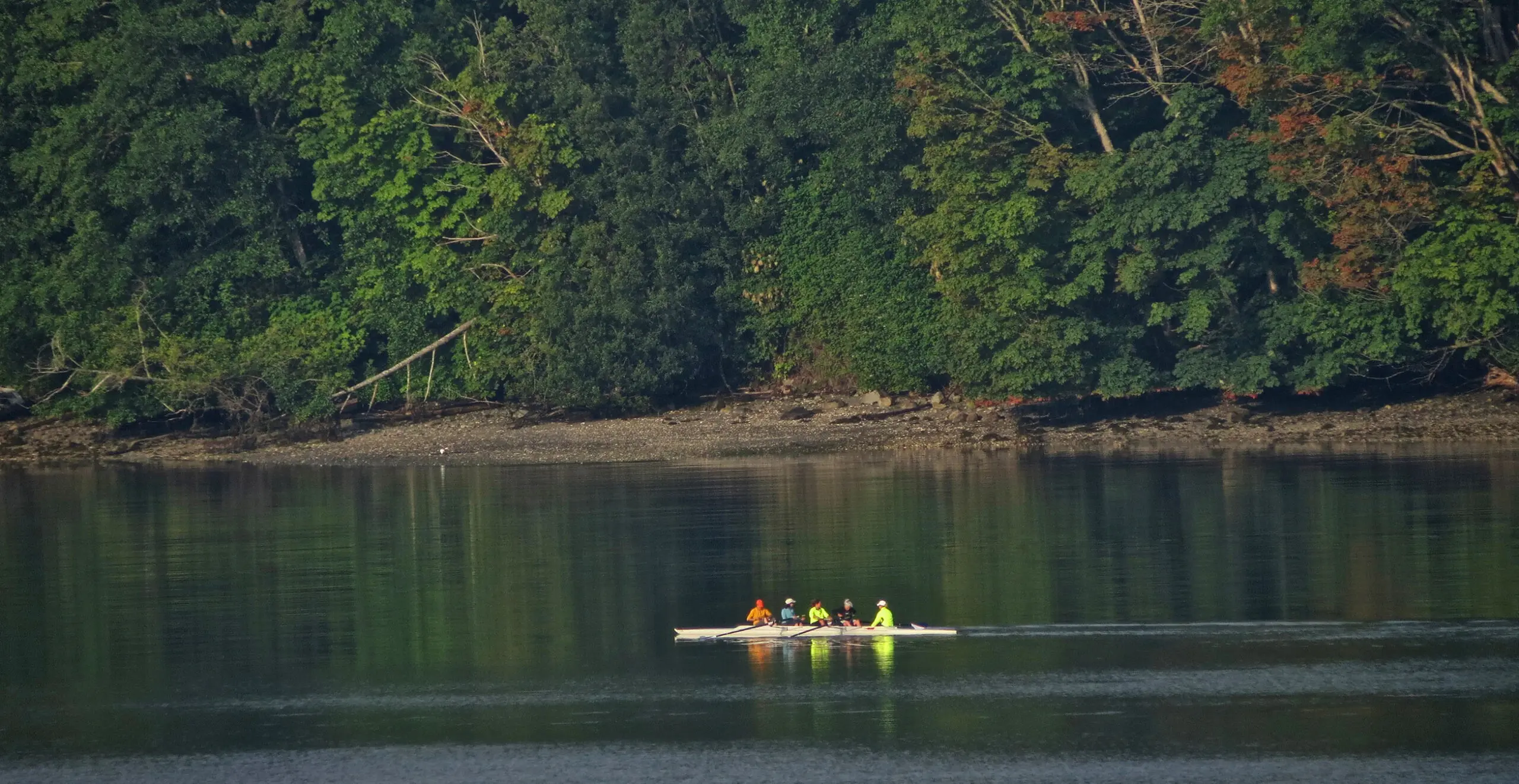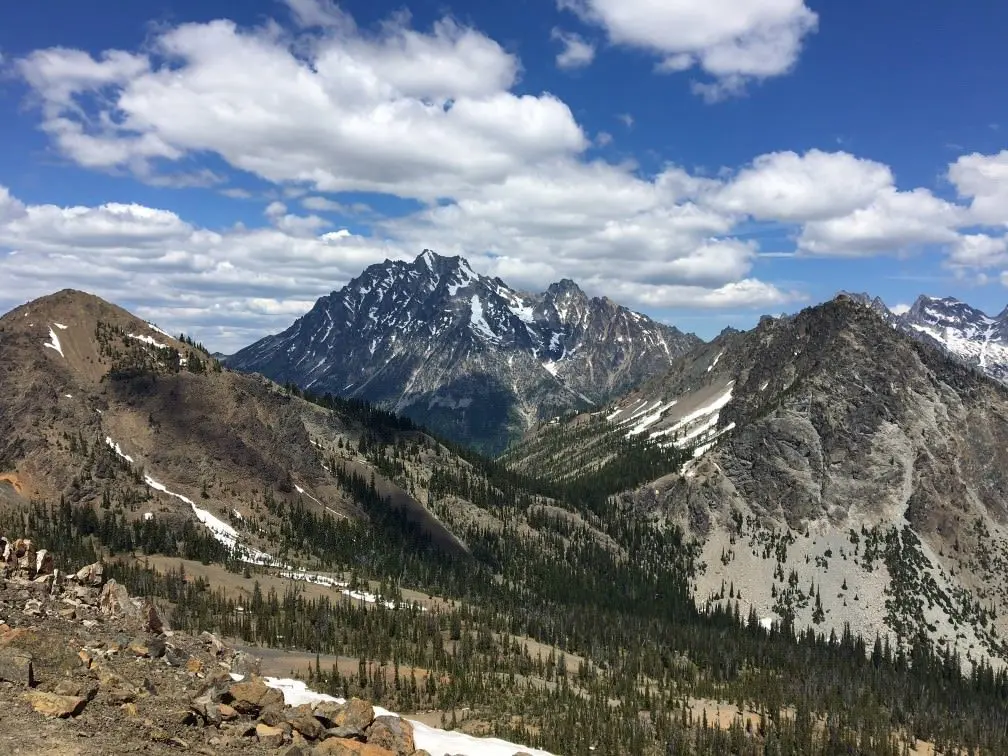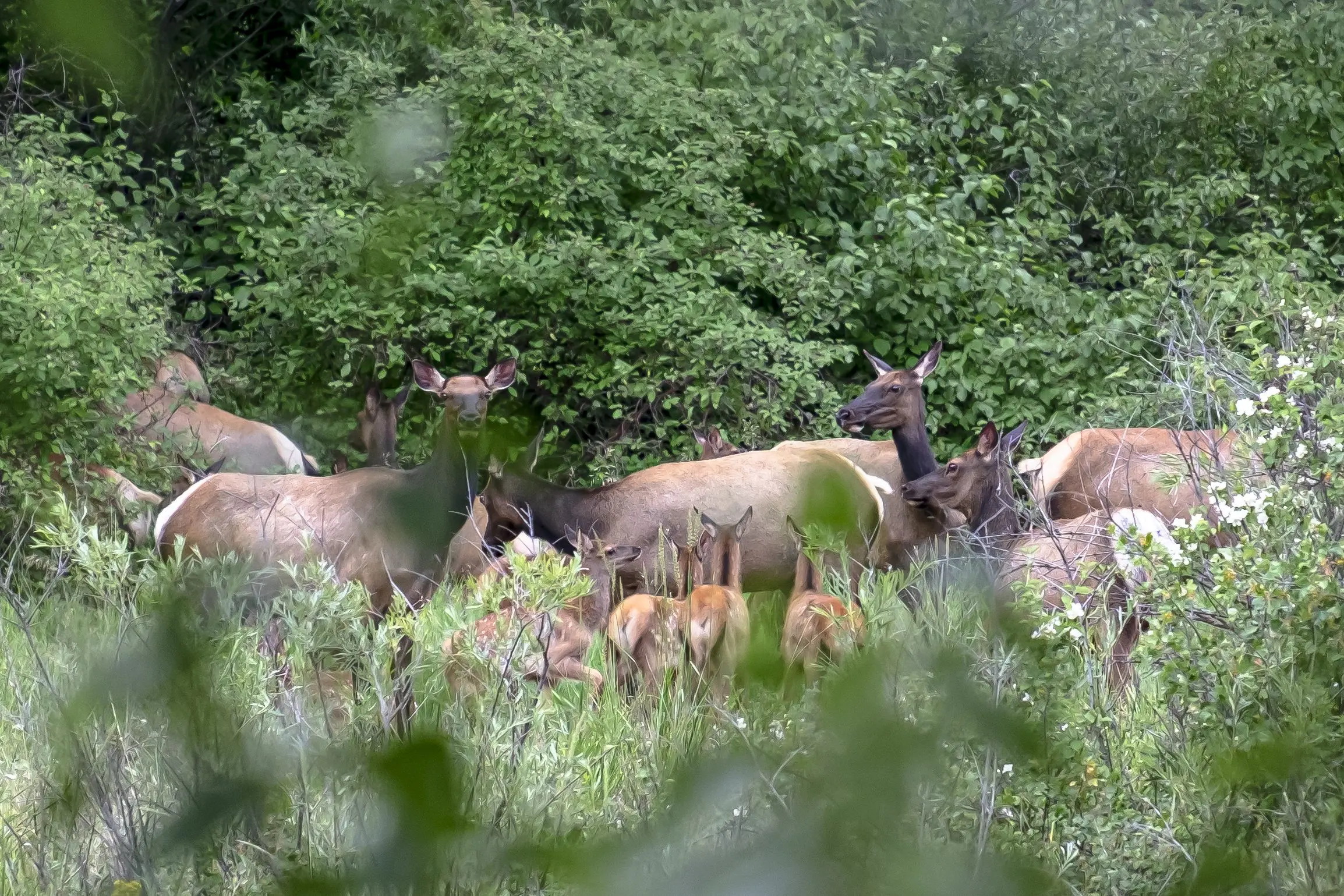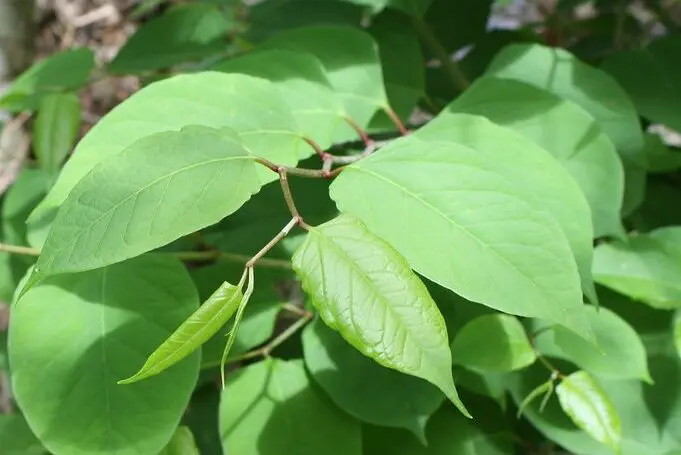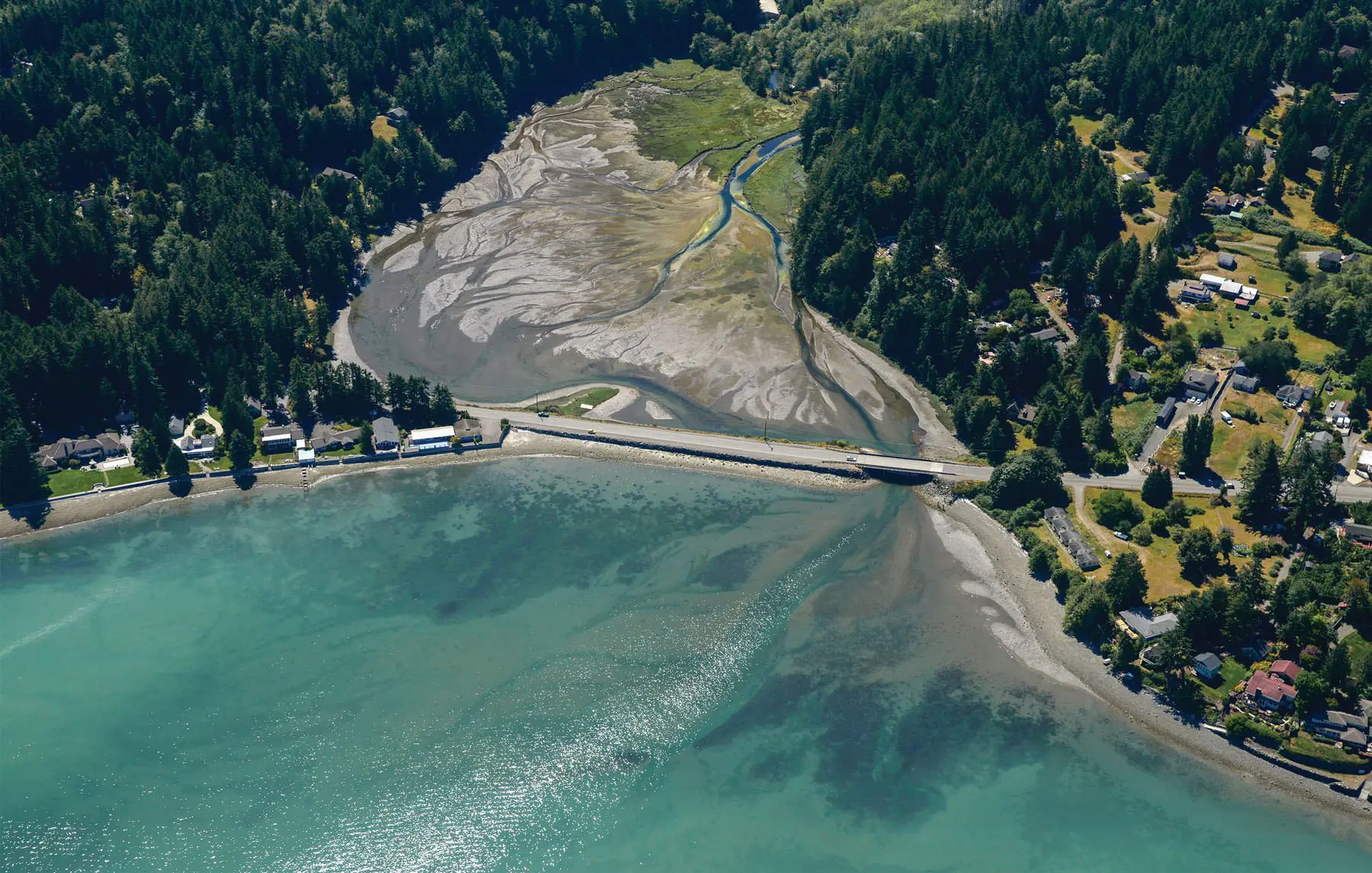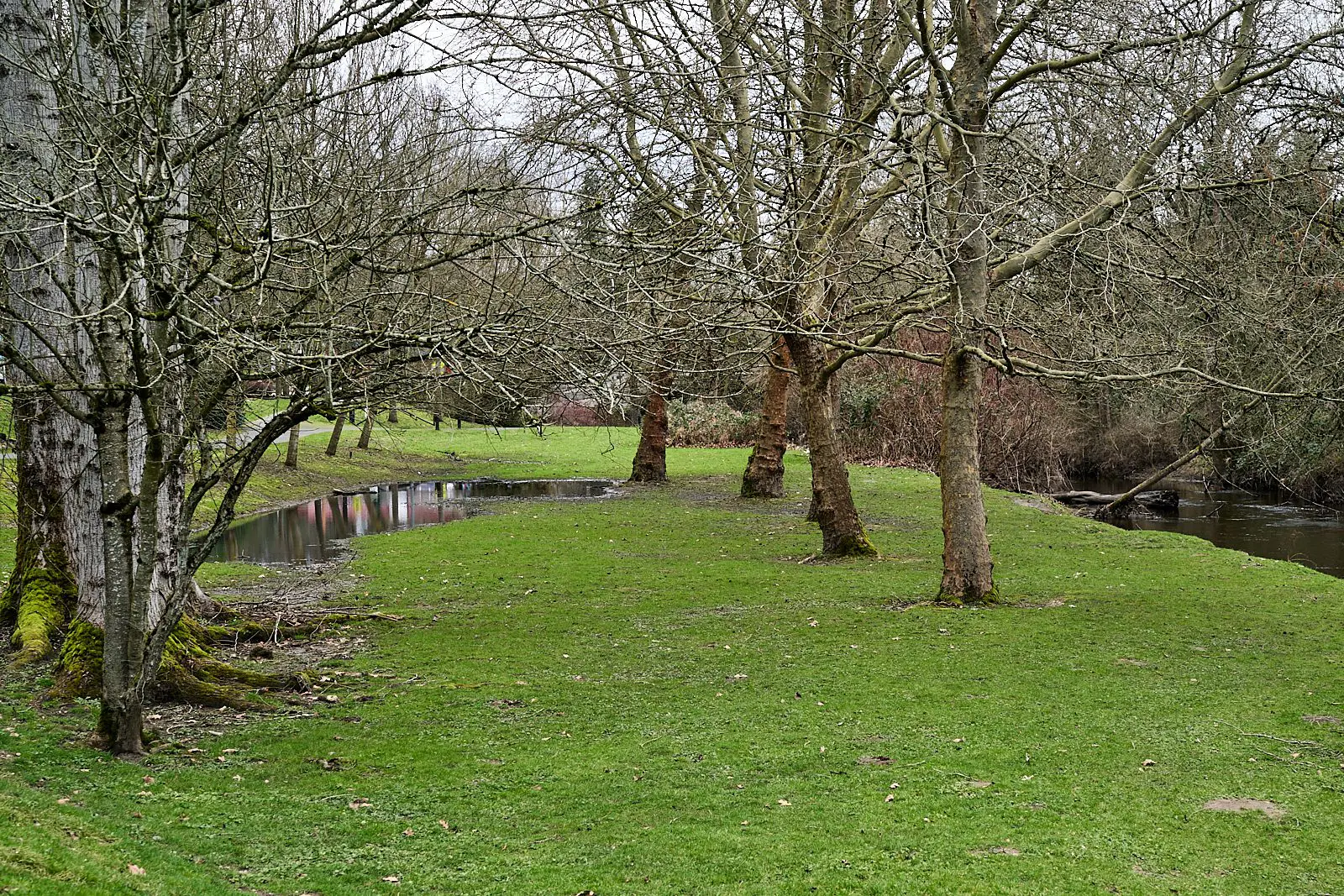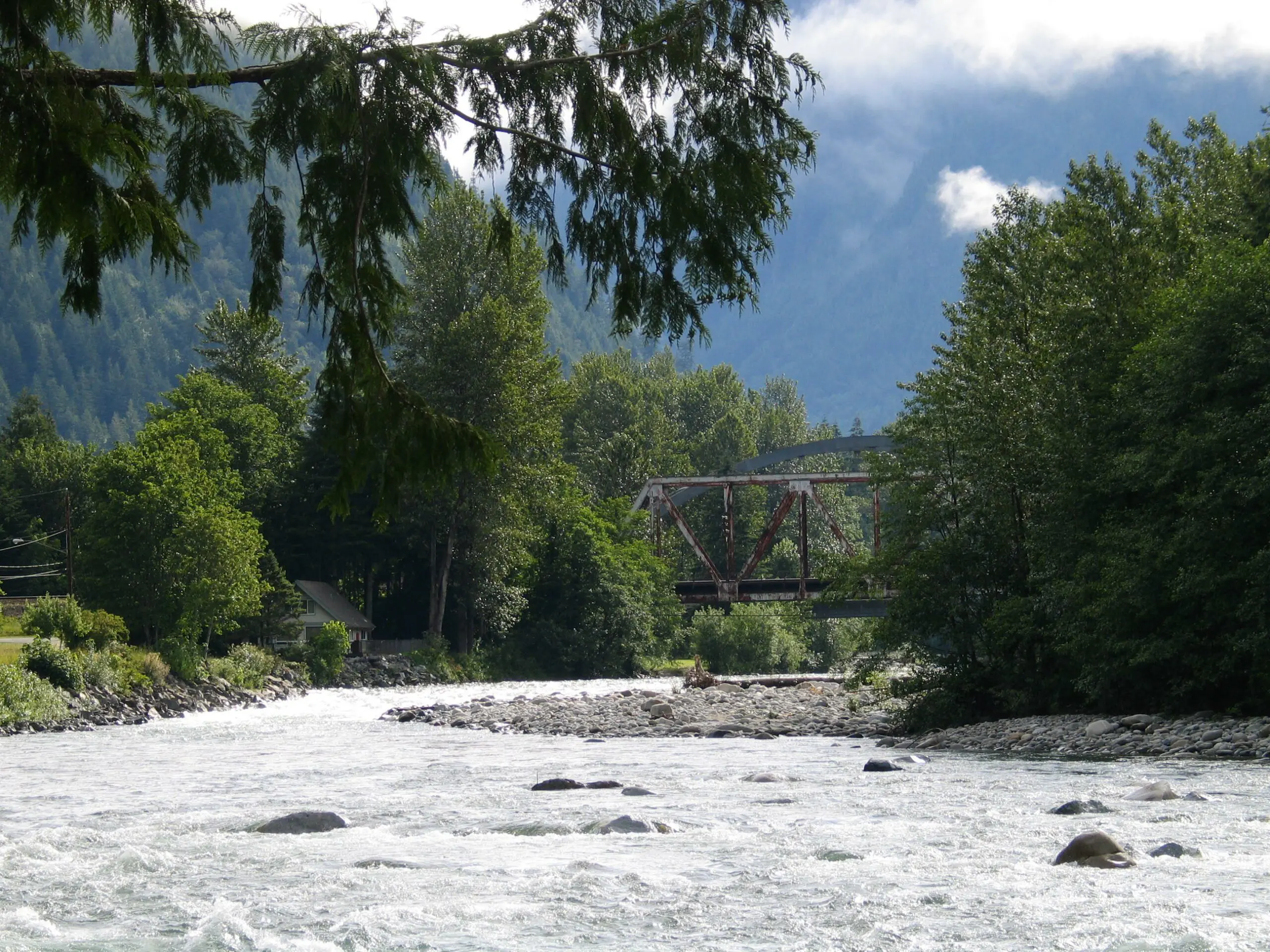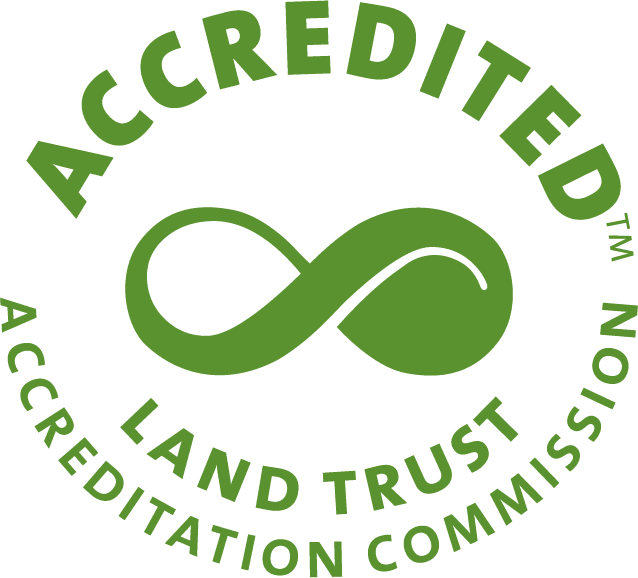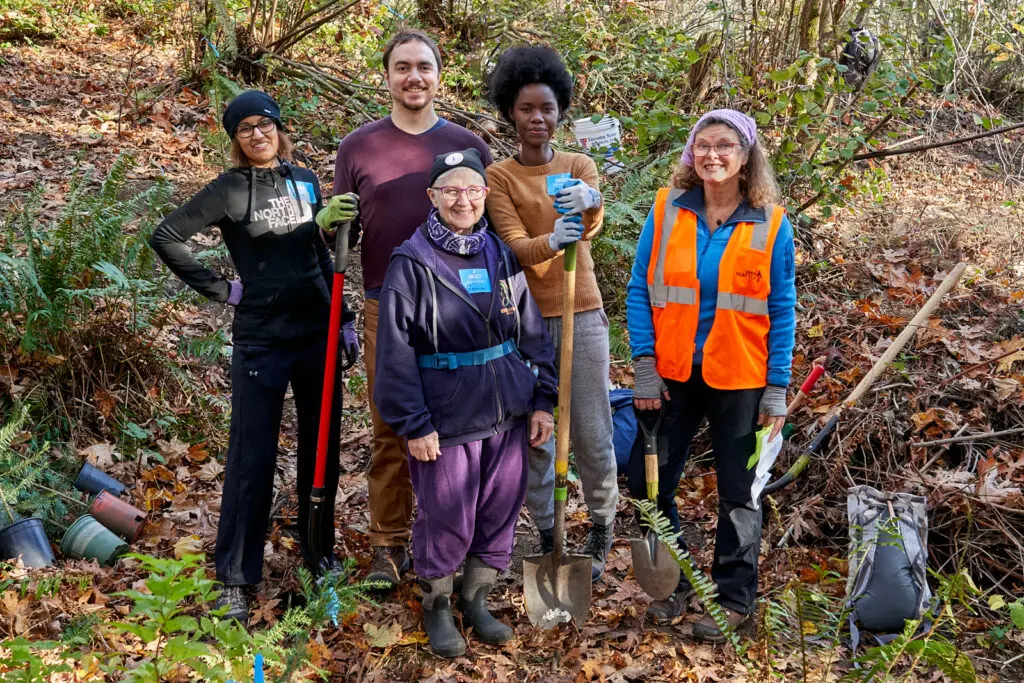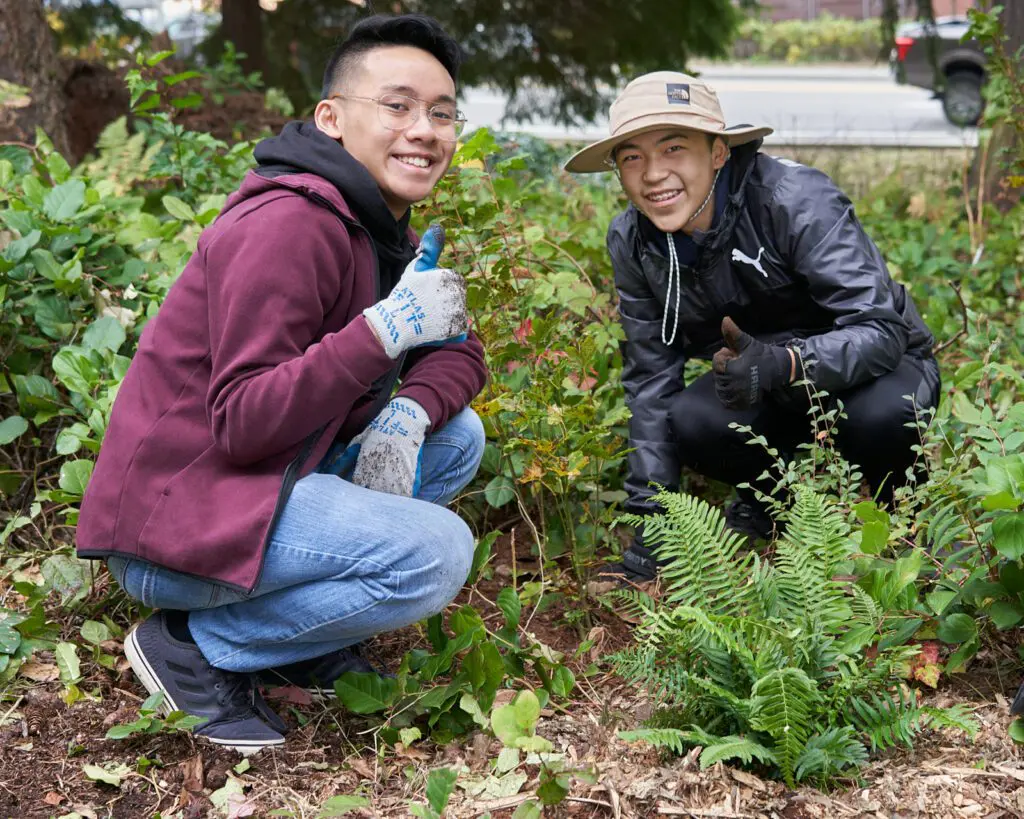Welcome to Lake Serene!
The route up to Lake Serene has long been one of Washington’s most popular day hikes. In “100 Classic Hikes in Washington,” Ira Spring and Harvey Manning describe it as a “jewel of the first order.” More than 45,000 people of all ages and abilities enjoy its stunning beauty each year.
The Lake Serene trailhead is located along the western edge of the Mt. Baker-Snoqualmie Forest near the town of Index in Snohomish County. You find it just off Mt. Index River Road near where it joins U.S. Highway 2, at the confluence of the North and South Forks of the Stillaguamish River. The trailhead is on National Forest land, with off-street parking and restroom facilities, so you’ll need a Northwest Forest Pass to visit
This popular trail crosses land previously owned by Weyerhaeuser, one of the world’s largest timber companies. Thanks to a concerted effort among the conservation and outdoor recreation communities, as well as many generous donors and supporters, the property is now owned by Forterra and will be conserved in perpetuity.
The route to Lake Serene is a strenuous, 7.2-mile round-trip with 2,000 feet of elevation gain. The trail starts on an old logging road off the highway and then eventually enters dense forest. Along the way, hikers are surrounded by mature maple and fir trees, draping mosses and, if you time it right, huckleberries. At the top is Lake Serene with its crystal-clear blue waters against a backdrop of snowfields that often persist into summer, and stunning views of Mount Index towering above. Halfway there you can opt to take a side trail to overlook Bridal Veil Falls, which is a series of large and small cascades falling along the exposed granite walls through a cloud of mist. This diversion is well worth the effort, but it adds another mile there-and-back to your hike. For more information about the trail and what to see while you’re there, our partners at Washington Trails Association have a lot of great information on their website.
Scroll on to read more about how Forterra and partners worked together to secure permanent public access for this iconic hiking experience, the forest and freshwater ecosystems conserved on the property and what we’re doing to enhance those important natural resources.
Visiting Lake Serene
Trail Difficulty: Moderate/Hard
Distance: 8.2 miles +/_
Directions:
From Everett, follow Highway 2 east to the small town of Gold Bar. Continue on Highway 2 for seven more miles. Just as the road curves left to reveal a large bridge over the Skykomish River, turn right onto Mount Index Road. Proceed on this dirt road a quarter mile. Turn right again, following the sign to Lake Serene Trail 1068 and the parking lot.
For more information about visiting Lake Serene, please visit the Washington Trails Association.
A Community Effort
This opportunity came to the attention of the outdoor recreation community when Weyerhaeuser filed a plan to harvest maturing second- and third-growth timber on portions of their property, including the area surrounding a section of the Lake Serene Trail. Originally scheduled to begin during the winter of 2017-18, this activity would necessarily have closed the trail to visitors for at least nine months during the process – unfortunately including at least part of the summer hiking season.
Committed to preserving the tranquil experience of hiking Lake Serene, Forterra mobilized quickly to open negotiations with the landowner. The property had for years been a priority with the local conservation community, not only for its recreation value, but also because it formed part of a large, private inholding within the national forest. Weyerhaeuser was willing to sell the entire 190-acre property ,even though the trail traverses only a small part of it.
Forterra and Weyerhaeuser agreed on a plan for the company to first harvest timber on a smaller, 57-acre portion of the property. This solution not only prevented logging operations from affecting both the trail and its setting, it shortened the closure period by nearly half, saved more of the maturing forest habitat on the property and reduced the risk of impacts to the small, fish-bearing creek running through the it – all while setting a more attainable purchase price and maintaining supply for local companies
Forterra launched an urgent, grassroots fundraising campaign with help from the community of hikers and climbers, as well as partners in the nonprofit and outdoor retail sectors that included Washington Trails Association, Washington Alpine Club, Mountaineers, Outdoor Research and REI. More than 600 community members donated to the campaign, which launched with a challenge grant from an anonymous couple who had their first hike at Lake Serene and ended with a generous last-minute gift from an anonymous Seattle Foundation donor honoring the memory of a young friend.
The Snohomish County Conservation Futures program granted roughly half the funds needed to secure the property, and the county further agreed to accept a conservation easement on the property to provide an additional layer of legal protection for the valuable natural and recreational resources on this property.
It was a true community effort to identify the opportunity, negotiate a solution and raise the funds required to permanently secure this final section of the Lake Serene Trail on private land. The purchase happened in September of 2018 – only 13 months from call to close, which is impressive for a complex conservation real estate transaction.
A Recreation Destination
The iconic Lake Serene Trail is one of many outdoor recreation opportunities along this section of the Highway 2 corridor. Forks of The Sky State Park is just across the river from the trailhead. It offers several picnic areas, river access and a few short trails, as well as outstanding climbing opportunities all along the famous Index Town Wall. A little further into the mountains, there is the trail up Heybrook Mountain to stunning views from the lookout tower. Go a little further still you reach the Barclay Creek trails, with routes for warm season hikers, winter snowshoers and cross-country skiers
An Important Part of the Ecosystem
In addition to its value as a premier recreation destination, the Lake Serene property supports valuable Pacific Northwest forest and aquatic ecosystems that provide habitat for a diverse range of native species.
Conserving this property also permanently secures a wide, continuous habitat corridor between the river and the mountains: the next such corridor lies approximately two miles east near the small community of Halford. Think of it as a highway for nature. Corridors of continuous habitat are important for large vertebrates, species that migrate seasonally and other species with extensive home ranges, as well as dispersal and recolonization – ecological dynamics that become even more critical in the face of a changing climate.
The Lake Serene property includes a small fish-bearing creek in excellent condition where steelhead trout, Chinook, chum, coho and pink salmon are believed to swim. Portions of the adjacent national forest are federally designated critical habitat for the spotted owl, and as this formerly industrial forest continues to age, it may begin to support viable nesting habitat for this endangered species. Both bald and golden eagles are documented to breed in the forest nearby, and a small band of elk have been sighted regularly in the area.
A notable diversity and abundance of native fruiting shrub species like osoberry, thimbleberry, red huckleberry, elderberry and snowberry provide a local abundance of food for mammals and birds, and pollinator species when in flower. Species common to the area that make use of the property include deer, black bear, cougars, bobcats and other smaller mammals such as red squirrels, raccoons and opossums. The property supports a significant population of mountain beaver – an unusual and primitive rodent species that exists only around the Pacific Coast mountains of western North America – and is likely home to flying squirrels as well.
Stewarding and Enhancing the Forest
Forterra’s vision for the property is to maintain or improve the recreation amenity afforded by the trail surrounded by a healthy, resilient forest composed of a diverse mix of native conifers, understory and groundcover vegetation that will attract abundant wildlife.
Weyerhaeuser replanted the area in the spring of 2018 following their harvest, primarily with Douglas fir: their standard practice and also required by state regulation. They also worked with us to abandon or decommission the logging roads as appropriate for what is now a conservation-oriented property.
The balance of this formerly clearcut property is a well-stocked forest of diverse conifer and hardwood species dominated by Western hemlock. It is currently in good health, with no evidence of pathogens or disease, a very low presence of invasive plant species and in good condition to resist wildfire. At 90 years old, it is approaching maturity and beginning to develop the structural conditions that support a high level of biodiversity, greater resilience to the impacts of disturbance and provide the highest levels of ecosystem services, including sequestering atmospheric carbon at its highest rate. Located on steep and potentially unstable slopes, we plan to leave this part of the forest to naturally develop and mature on its own.
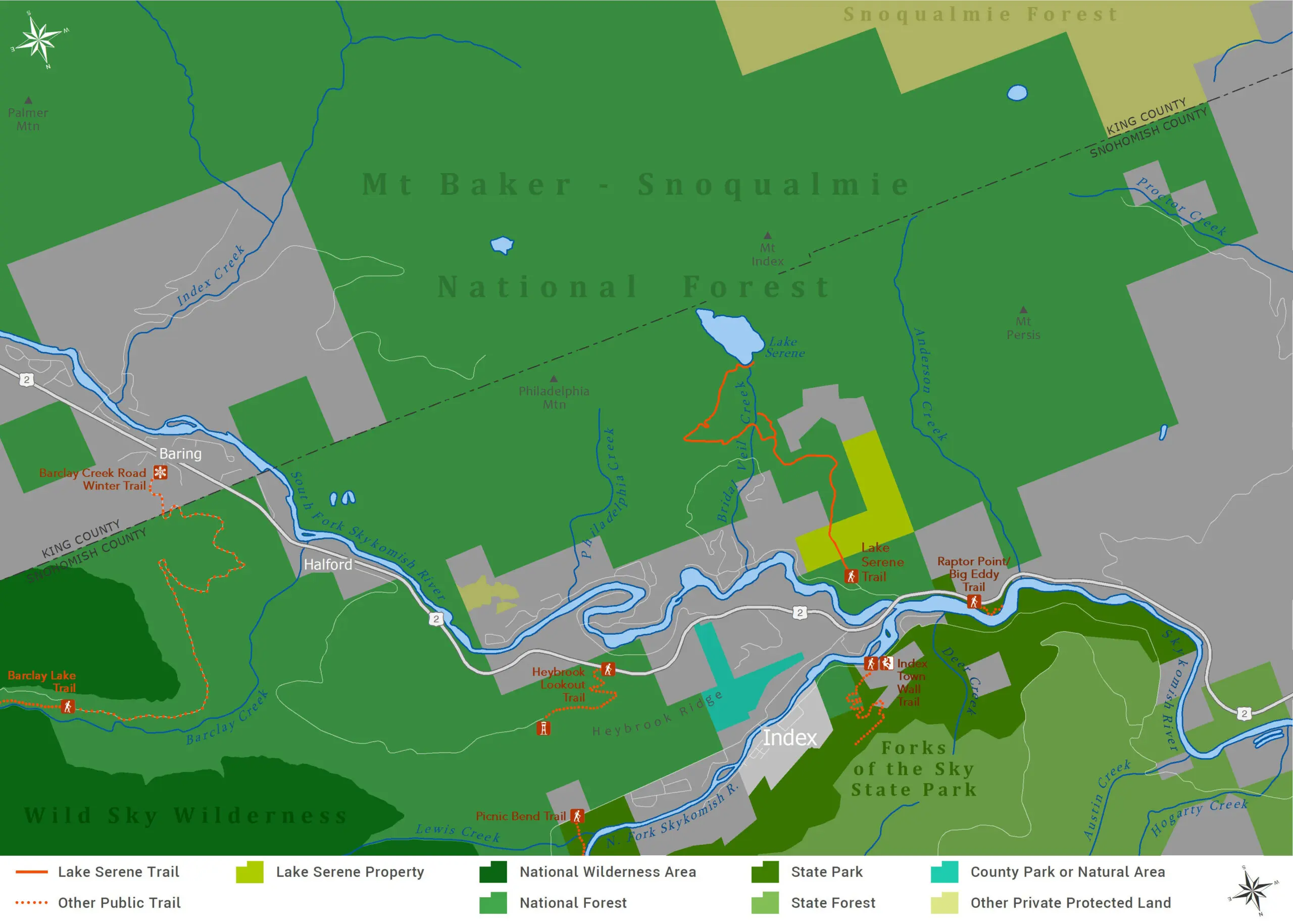
Forterra’s primary management focus over the next 20 years will be enhancing the recent harvest area, which will require considerable effort to develop a well-stocked stand of diverse native species. We began this process over the winter of 2021-22 when we enrolled the property into our Evergreen Carbon Capture program. Thanks to contributions from Nordstrom, Seattle Children’s Hospital, Weber Thompson and several individual participants all looking to mitigate their carbon footprints, we planted 1,080 Douglas fir, grand fir, Western hemlock and Western redcedar seedlings over a 3.5-acre area. We estimate these trees alone will sequester 5,000-13,500 tons of atmospheric carbon over the next 100 years.
With dedicated effort, the continued support of our donors and partners and a little bit of luck, the opportunity to hike the Lake Serene Trail through dense, lush, forest will remain a premier Pacific Northwest experience for generations to come.
Land Acknowledgement
We gather and live on the plains, plateaus, mountains, and coastal lands that have been home to Indigenous peoples since time immemorial. We respect their Indigenous, Tribal and Treaty Rights while honoring their stewardship and culture today.

